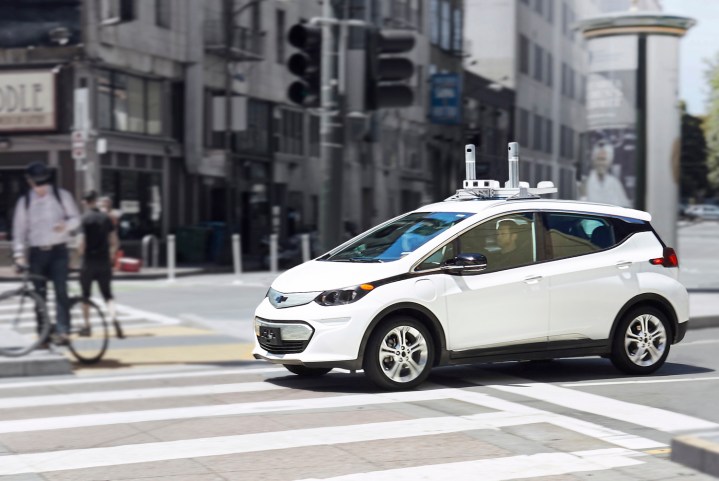
Bolt EVs are now plying the roads around Scottsdale, Arizona, as well, Cruise tweeted Monday. GM bought Cruise back in March to gain access to the company’s autonomous-driving technology. Founded in 2013, Cruise previously developed a suite of sensors and other equipment that was designed to be retrofitted to existing cars. Its current efforts will likely benefit future GM self-driving cars.
In the meantime, Cruise’s public tests serve as good advertising for the Bolt EV. Unveiled in production-ready form back in January at CES, the electric car boasts an estimated range of 200 miles, and a base price of $37,500 before incentives. Production will start before the end of the year, marking one of the quickest vehicle launches in recent memory. The original Bolt EV concept was unveiled less than two years ago, at the 2015 Detroit Auto Show.
Read more: You’ll soon be able to schedule multiple stops on Lyft
Cruise’s experiments with the Bolt EV may benefit another one of GM’s partners: Lyft. GM invests in the ride-sharing company, and provides low-cost car rentals to drivers in some markets. Reports even claim that the first Bolt EVs will go to Lyft drivers, rather than retail customers. Cruise tech could be applied to a GM-supplied fleet of Lyft cars at a future date.
This would give Lyft the fleet of self-driving taxis many analysts believe will help replace privately-owned cars. Rival Uber has its own autonomous-car development lab, and GM rival Ford is developing self-driving cars as well. Ford is rebranding itself as a “mobility company,” a strategy that likely includes some involvement in ride sharing. Meanwhile, Fiat Chrysler Automobiles (FCA) is teaming with Google on self-driving cars.
Whether all of this testing and experimentation will lead to the widespread adoption of self-driving cars remains to be seen, but it’s clear carmakers are serious about the technology.


